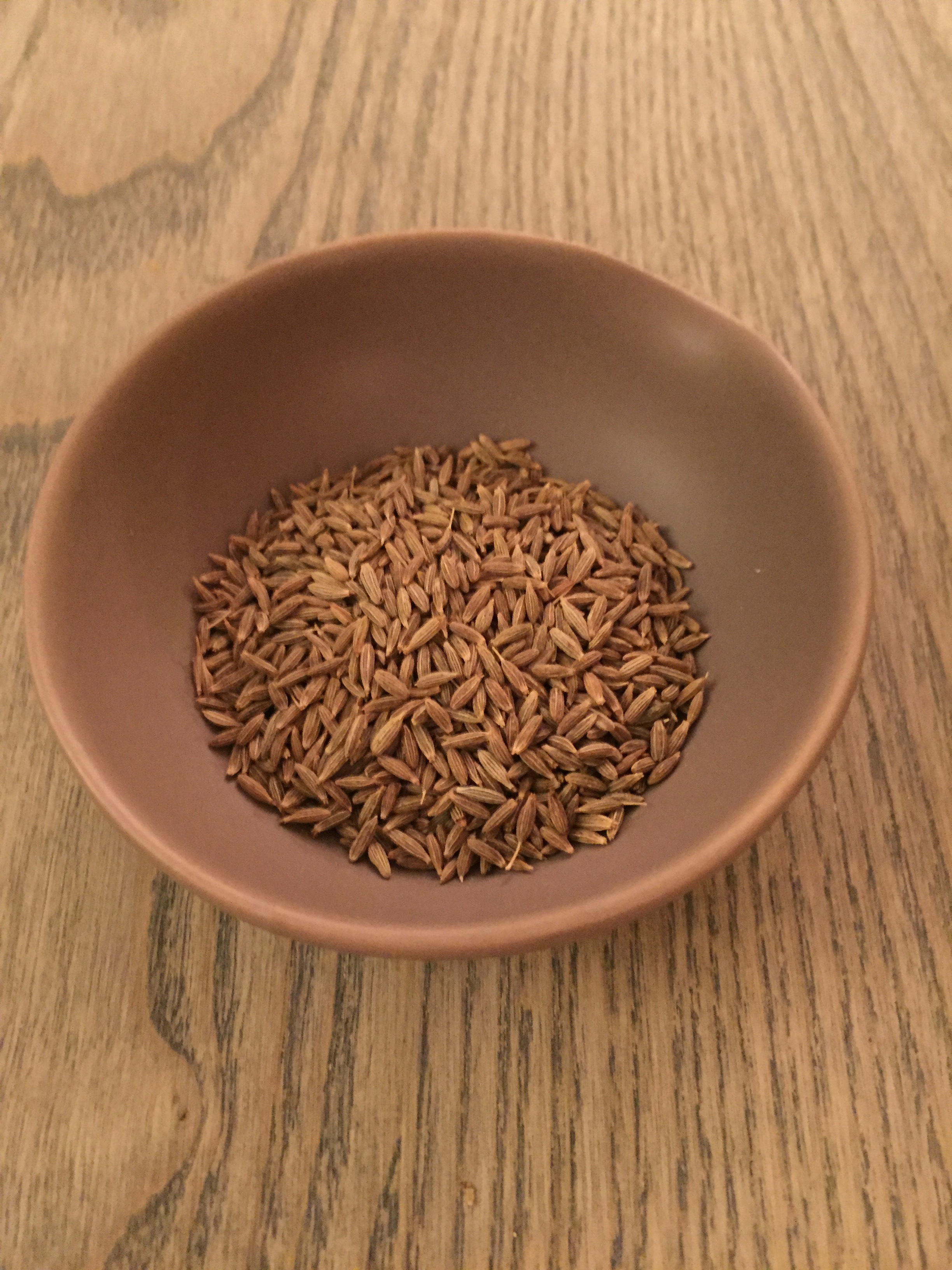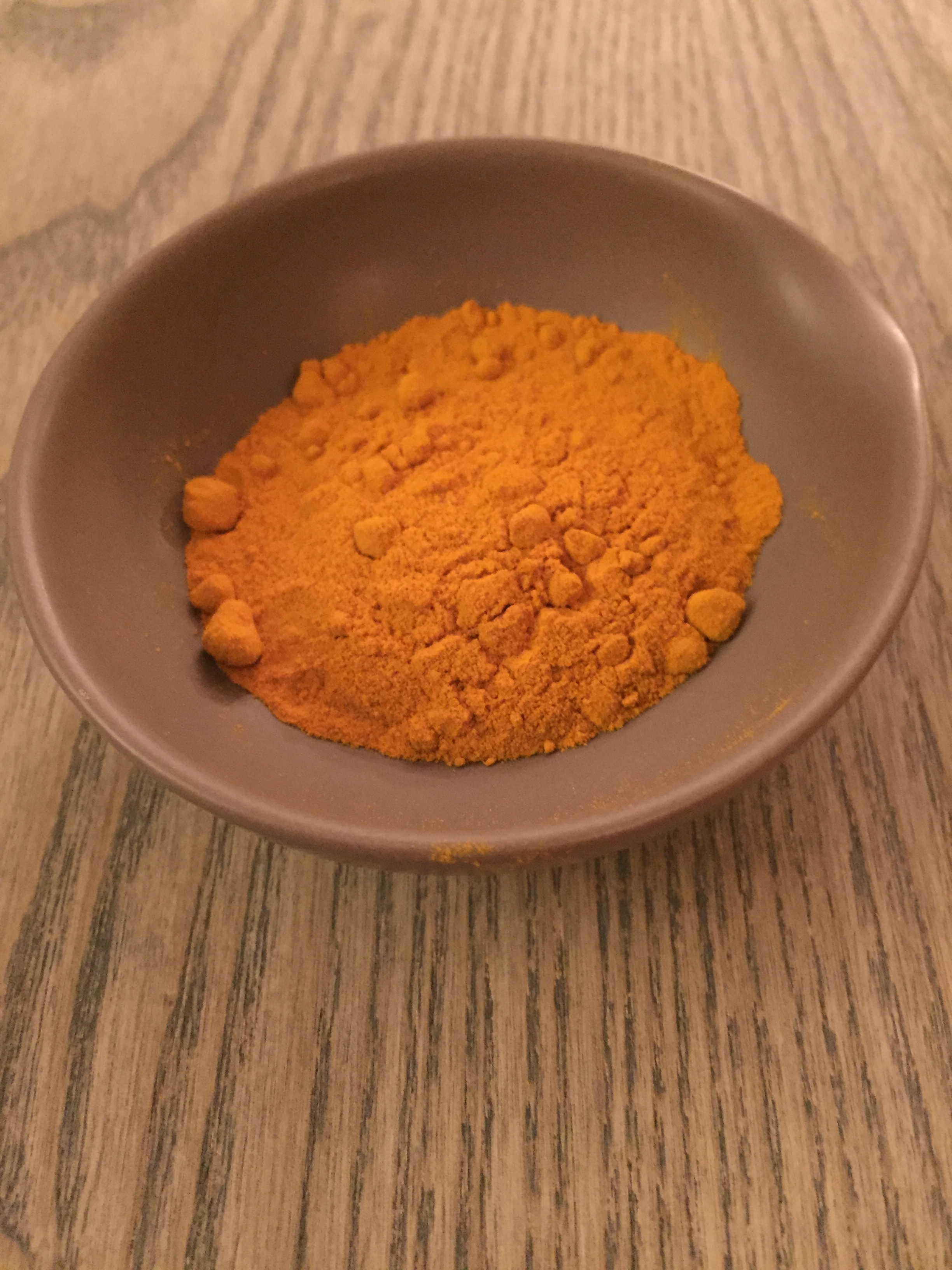Must-Have Spices for Moroccan Cooking
A trip to Morocco can be quite an adventure. Riding camels, sleeping in the desert under the stars, sand boarding, and getting lost in the souks are all experiences not to be missed. Similarly, partaking in the heady and fragrant foods of Morocco can prove equally adventurous. Moroccan cuisine is rich in spices, which is only natural when you consider the ages-old spice trade from Arabia to North Africa. Spices here are used to enhance, not mask, the flavor of food. It is almost as the spices are meant to seduce your senses. To prepare proper Moroccan dishes such as couscous, tagines, and pastillas, it is imperative to understand the role and profile of each key spice. Below I’m including a primer on spices frequently found in Moroccan cuisine. All these spices can be found at herboristes, spice and medicinal shops spread throughout the souks (markets).
Cinnamon is spice obtained from the inner bark of a tropical evergreen. The bark is harvested during the rainy season when it is more pliable. When dried, it curls to into a long scroll-like stick. It can be purchased in stick or ground form and it is great both in sweet and savory dishes. It has a reddish, brown color and a pungent, almost bittersweet taste. In Moroccan cuisine, it is frequently found in pastilla (a sweet and savory, layered phyllo chicken pie), couscous and many desserts.
Cumin has been around for more than 1000 years and even is mentioned in the Old Testament. It is the dried fruit of a plant in the parsley family and resembles a caraway seed with its oblong shape and yellowish, brown color. Because of its nutty, peppery flavor, Moroccans typically use it to prepare meats, lamb and chicken.
Ginger is a gnarled bumpy plant root originally from China that spread to Asia and West Africa. The name ginger derives from the Sanskrit word meaning “horn root” which is appropriate given its knobby appearance. The root has a tan skin and pale yellowish flesh. It can also be purchased in dried, ground form. With its peppery and slightly sweet flavor and pungent and spicy aroma, ground ginger is found many tagines (Moroccan stews).
Paprika is a spice that is made by grinding air-dried sweet red pepper pods. The flavor profile can vary from sweet and mild to pungent and hot. The color can vary from bright orange red to deep blood-red. In Morocco, paprika is usually added to tomato dishes, eggplant salads and vegetable tagines.
A Saffron thread is the actual stigma of the crocus purple flower. Because each flower contains only three stigmas and they need to be hand-harvested and then dried, this is considered to be the most expensive in the world. It actually takes over 14,000 stigmas to produce one ounce of saffron. Saffron is typically used to flavor and color food. In Morocco, people use it in chicken and fish dishes as well as in salads.
Sesame seeds come from a flowering plant prevalent in Africa, India, and other tropical regions of the world. The seeds are tiny and flat and are predominantly greyish-ivory in color. Their flavor is nutty and slightly sweet which is perfect in Moroccan breads, cookies, and desserts. In addition, they are commonly used to garnish savory dishes. Because sesame seeds have a high oil content, they turn rancid very quickly. In an airtight container, they keep in a dark, cool place up to 3 months or in the refrigerator up to 6 months.
Turmeric is the root of a tropical plant related to ginger. It has a vivid yellow-orange color and a bitter, pungent flavor. It is frequently used to add both color and flavor to dishes. In Moroccan cooking, it is always found in harira soup, a rich, hearty soup, which is the evening meal during Ramadan. In addition, it is used to color tagines and rice dishes.
In addition to the above spices, you will invariably find spice blends at Moroccan souks. Each has a specific use: chicken, fish, etc. However, the most famous one is Ras el Hanout, a spice blend made up of at least a dozen spices and possibly more than 30. The name literally means the “head of the shop” in Arabic and it so called because it represents the mixture of the best spices the seller has to offer. There is no exact recipe for this spice blend as each shop or family make their own. But normally it will contain cardamom, cumin, clove, cinnamon, nutmeg, mace, allspice, dry ginger, chili peppers, coriander seed, peppercorn, sweet and hot paprika, fenugreek, and dry turmeric. Typically the ingredients are toasted before being grounded in a mortar and pestle. Ras el Hanout is usually used to prepare couscous and meat.








